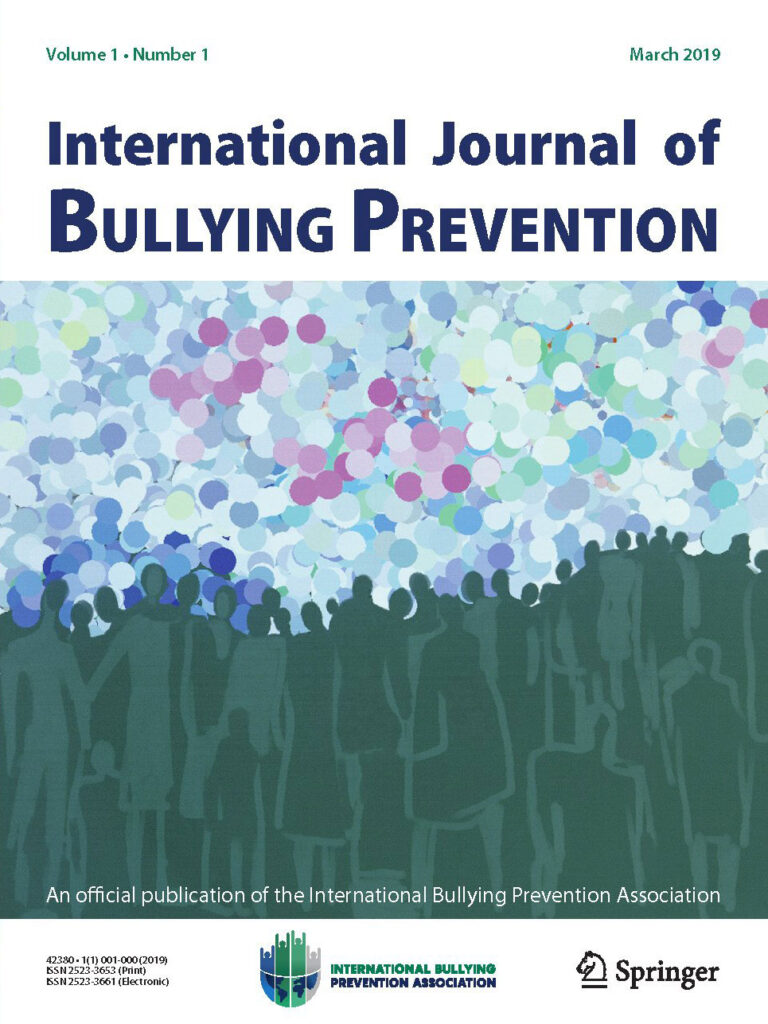Minister for Further and Higher Education, Research, Innovation and Science, Simon Harris T.D., has launched the findings of a Report on the National Survey of Staff Experiences of Bullying in Irish Higher Education Institutions (HEIs) conducted by the specialist DCU Anti-Bullying Centre .
This report presents the findings of an anonymous online survey, commissioned by the department, examining the prevalence and impact of workplace bullying among staff in 20 publicly-funded HEIs in Ireland.
Launching the survey report, Minister Harris said:
“Since taking up my role in a newly established department created to prioritise the tertiary sector, I’ve placed a real focus on ensuring third level is safe. In doing this, I have asked higher education institutions to answer my calls for change, and they have done so.”
“This survey together with the surveys of student and staff experiences of sexual violence and harassment in higher education, have provided a rich source of evidence which will inform further actions to address these issues and make higher education a safe place for staff and students”.
“I really want to thank staff across the country who took the time to engage with this survey and share their experiences of bullying with us”.
Dr Angela Mazzone from the DCU Anti-Bullying Centre led the analysis and reporting on the survey. She said:
“The findings provide an overview of the bullying experiences endured by staff within HEIs in Ireland. Providing HEI staff with awareness raising initiatives and training opportunities along with a sustained effort towards a more inclusive organisational culture are among the recommended strategies to tackle workplace bullying in HEIs”

